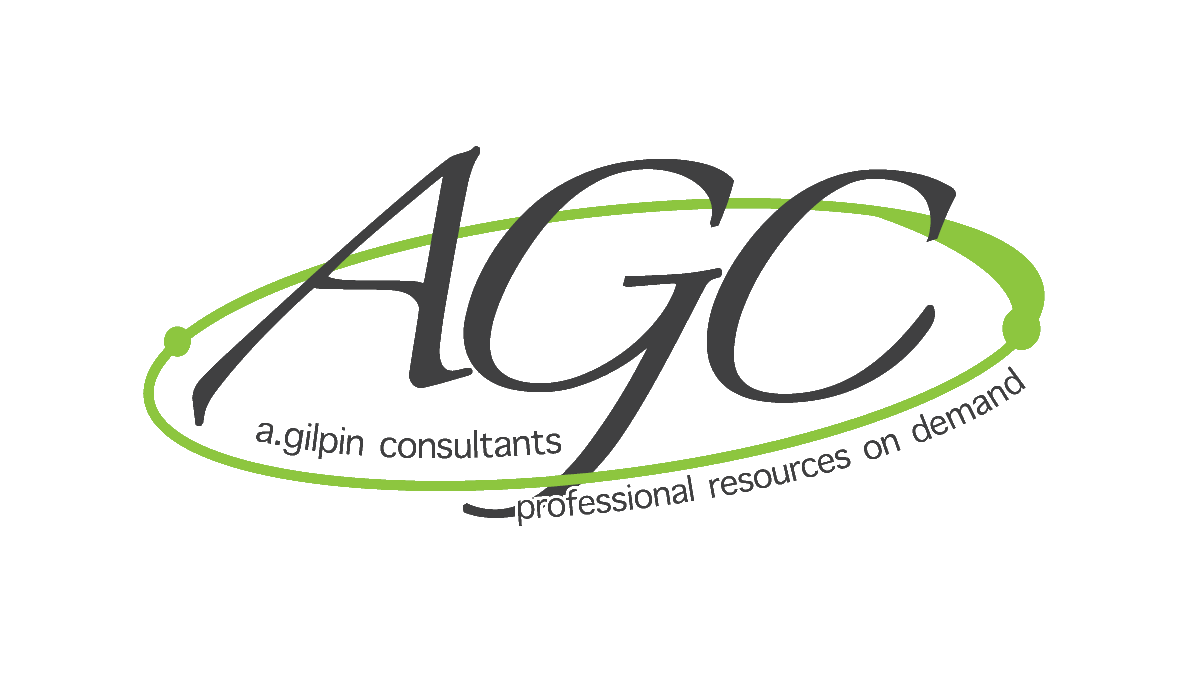As we get closer and closer to year-end most businesses will begin thinking about taxes. One of the most hated words in the business world… taxes. By the time year-end passes and you actually start to think about your bookkeeping and taxes you are too late.
You need to attend to your bookkeeping before year-end and do some tax planning. Updating your bookkeeping and reviewing it prior to year-end is very important as you can actually do something about your tax situation before the turn of the calendar. Here is a must do now checklist for your year-end bookkeeping.
- Reconcile your books monthly
- Clean up your accounts receivable and payables
- Collect W-9s from your 1099 Subcontractors
- Do an asset review
- Check your reports
- Get a tax plan together with your advisor
This may seem like a lot but it is crucial to your bottom-line. If you don’t know where your business is at how are you going to grow.
#1 Reconcile Your Books
The best thing you can possibly do for your bookkeeping if you don’t do anything else is to reconcile monthly. A reconciled QuickBooks file that can be confirmed with the bank statement does a lot of positive things for your business. It tells your bookkeeper and tax preparer that everything is in the file; now we just need to make sure everything is in the right spot.
#2 Clean Up Your Accounts Receivable and Accounts Payable
Running your aging reports on both accounts may reveal some problems or even some errors. You could reveal undeposited funds not offsetting credits against old invoices. You may even want to try collecting your outstanding receivable balances before year-end to help with cash flow and possibly not have to write-off bad debt that you will never collect.
#3 Collect W-9s For Contractors
Misclassification of workers: the battle between 1099 vs w-2 is a fine line but can be clarified with having a W-9 on file for every contractor you do business with. I always tell my clients to let their contractors know they can get paid as soon as they submit a filled out W-9 form. There is nothing more frustrating than having a 1099 mess in January.
Become familiar with the common law rules used by the IRS to stay compliant, thus avoiding costly penalties due to the misclassification of employees.
File Form 1099-MISC for each person to whom you have paid during the year:
At least $10 in royalties or broker payments in lieu of dividends or tax-exempt interest.
At least $600 in:
- Rents.
- Services performed by someone who is not your employee.
- Prizes and awards.
- Other income payments.
- Medical and health care payments.
- Crop insurance proceeds.
- Cash payments for fish (or other aquatic life) you purchase from anyone engaged in the trade or business of catching fish.
- Generally, the cash paid from a notional principal contract to an individual, partnership, or estate.
- Payments to an attorney.
- Any fishing boat proceeds.
In addition, use Form 1099-MISC to report that you made direct sales of at least $5,000 of consumer products to a buyer for resale anywhere other than a permanent retail establishment.
#4 Do An Asset Review
One thing that you should do is to take a peek through the details of your asset accounts. You want to be looking for any glaring errors that you mistakenly booked to an asset account.
#5 Check Your Reports
There are (3) three standard reports we tell our clients that they should become fluent in reading: P&L (Profit and Loss), BS (Balance Sheet), and Aging Report.
- P&L – is the financial statement that summarizes the revenues, costs and expenses incurred during a specified period. Also known as the Income Statement
- BS – is the financial statement that reports a company’s assets, liabilities and shareholders’ equity at a specific point in time.
- Aging Report – an accounts receivable aging report lists unpaid customers invoices and unused credit memos by date ranges.
#6 Get A Tax Plan Together With Your Advisor
Although I have this listed as #6 it should be #1. We advise our clients that they should be meeting with their tax advisor on a regular basis throughout the year as they should always review their estimated tax liabilities. Many small business owners skip this step due to fear. But now knowing where you are and where your headed can lead to trouble for two very important reasons.
There are a lot more tax advantageous moves you can make prior to year-end as opposed to waiting until the next tax year.
If you are going to owe taxes wouldn’t you rather know 3 months prior rather than writing a huge check in a week.
The tax laws change rapidly and it is best to know where your business stands before it’s too late. Most people, let alone small business owners, can take a bit hit financially with unexpected tax bills. You owe it to yourself and your staff to at least be well prepared.
Not only meeting with your tax advisor on taxes can save you, but having timely accounting habits keep your business on track financially. Follow these simple steps and bring your tax advisor the cleanest set of books you ever had. We would be more than happy to help you accomplish that!
